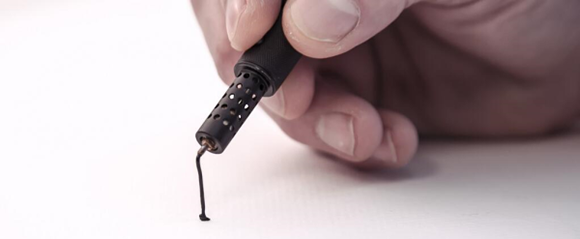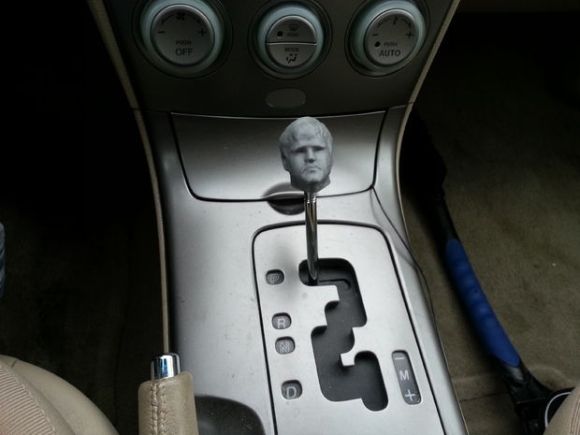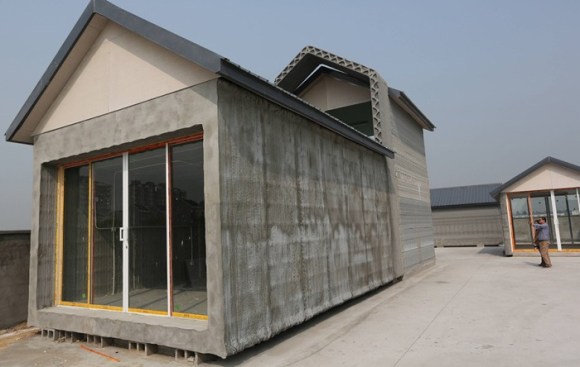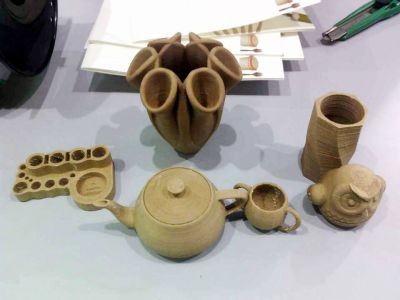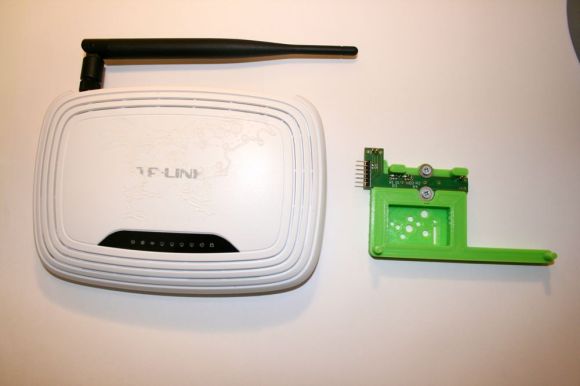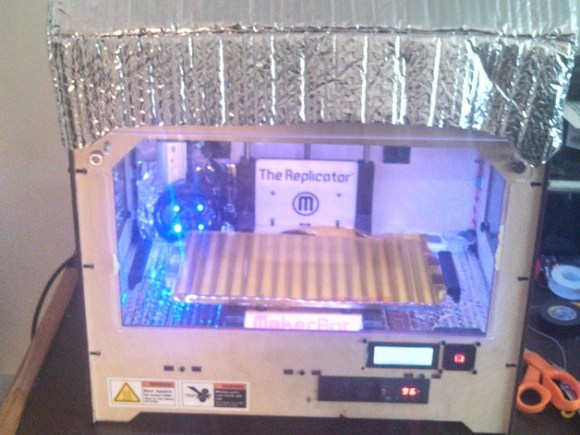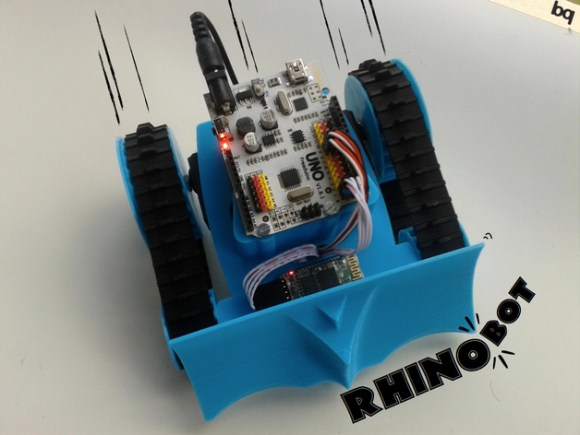Introducing Lix, the world’s smallest 3D printing pen that allows you to draw plastic structures in 3D. It’s only been on Kickstarter for a few days now, and already it has garnered close to a million dollars in pledges. An astonishing achievement, especially considering we can prove – with math and physics – that it doesn’t work as advertised. However, we’re wondering if it could work at all, so we’re asking the Hackaday community.
The device is powered through a USB 3 port. In the video, the Lix team is using a MacBook Pro. This has a USB port capable of delivering 900 mA at 5 Volts, or 4.5 Watts. Another 3D printing pen, the 3Doodler, uses a 2A, 12V power adapter, equal to 24 Watts. Considering the 3Doodler works, and they both do the same basic thing, there’s something extremely odd going on here.
Just as a comparison, here’s a wirewound resistor commonly found in the heating element or ‘hot end’ of a 3D printer. It’s a 6.8 Ohm resistor powered at 12 Volts. That’s 21 Watts. Here’s a heater cartridge, also found in quite a few hot ends. It sucks down 40 Watts. Once again, the Lix Kickstarter clearly shows the pen extruding filament using only 4.5 Watts of power. Something is really, really fishy here.
Intuition doesn’t hold a candle to math, so let’s figure out exactly why it won’t work.
Continue reading “Ask Hackaday: Can The Lix 3D Printing Pen Actually Work?”

